The Do’s and Don’ts that govern advertising in the Insurance sector
After 2 decades, the IRDAI has proposed a modification to its regulations on advertising insurance products in India. What are the existing regulations? What are the modifications proposed by IRDAI? What are the Do’s and Don’ts that govern advertising in the Insurance sector? Part 25 of the series of articles on Misleading Ads by Advocate Aazmeen Kasad is the second part of a series on Advertising in the Insurance sector in India, and serves to demystify and provide an in-depth understanding of what the law on the same is, how insurance ads are different from an invitation to inquire or an invitation to contract, etc.
The Insurance Regulatory and Development Authority of India (‘IRDAI’) has notified that Insurance Regulatory and Development Authority (Insurance Advertisements and Disclosure) Regulations, 2000 (‘Regulation’), the Master Circular on Insurance Advertisements, the Consumer Protection Act, 2019 and the Advertising Standard Council of India’s Code on Self-Regulation in Advertising, to protect the interests of the public, enhance their level of confidence on the nature of sales material used and ultimately encourage fair business practices.
These provisions are to be complied with by all insurers (life insurers, non-life insurers and health insurers), agents, points of sale persons, motor insurance service providers and insurance intermediaries.
Insurance Advertisements should ensure that the following Do’s and Don’ts prescribed by the IRDAI are complied with:
Do’s:
- Communication made are clear, fair and not misleading whatever be the mode of communication. They should use material and design (including paper size, colour, font type and font size, tone and volume) to present the information legibly and in an accessible manner.
- Sales material and advertisements are comprehensible in the light of the complexity of the product being sold.
- The names of the product and benefits as proposed in the File and Use application are adhered to.
- The mandatory disclosures shall also be in the same language as that of the whole advertisement.
- All Life Insurance Advertisements must prominently state the availability of underlying element of ‘Life Insurance Coverage’ to clearly identify the product as an Insurance product.
- Where any insurance advertisement highlights the benefit of Guarantees, a clear disclosure of the underlying conditions under which the guarantee operates must be made, wherever applicable. In all such cases, all the conditions (including cost of guarantee, charges) under which the guarantee operates need a prominent mention. If the underlying conditions are very elaborate, the text/wording on Guarantee must be accompanied by the phrase “Conditions Apply” in a font that is at least 50% of the font used to highlight the guarantee. These conditions must be distinctly mentioned in a legible font beneath, not making it part of other applicable disclosures.
- In respect of Unit Linked Life Insurance Products the actual asset mix of various underlying funds vis-à-vis the asset composition of approved asset pattern must be placed on the web portal of the respective life insurance companies at least on a half yearly basis. This information on investment updates is to ensure that clear, actual and timely information is made available to prospects to make an informed financial decision.
Don’ts:
- The design, content or format shall not disguise, obscure or diminish the significance of any statement, warning or other matter which an advertisement should contain as required by these provisions.
- Use or denigrate names, logos, brand names, distinguishing marks, symbols etc., which may be similar to those already used by others in the market that may lead to confusion in the market place.
- The names of the insurance products or benefits must not use terms or phrases that convey a fabricated sense of security.
- The features/ benefits prominently displayed in the insurance advertisements must not be the features/ benefits that are applicable under extreme/ exceptional scenarios.
- Life Insurance Advertisements should not offer, as inducement, any award/ reward points, discounts and rebates, except those approved by the Authority as part of product features, either from Insurer directly or through arrangement with any third party involving any expenses/ costs/ outgo to the Insurer.
The IRDAI has additionally distinguished an ‘Insurance advertisement’ from an ‘Invitation to Inquire’ and an ‘Invitation to Contract’.
An ‘Invitation to Inquire’ is an advertisement which highlights the basic features of insurance/ insurance products issued in any mode to generate interest or create a desire to inquire further about them; while an ‘Invitation to Contract’ is an advertisement containing the detailed information regarding the insurance/ insurance products mainly to induce the public to purchase, increase, modify, reinstate or retain a policy.
Every advertisement in the nature of an ‘invitation to inquire’ is mandated to disclose the risk factors via the following statement “For more details on risk factors, terms and conditions please read sales brochure carefully before concluding a sale”.
Specific Do’s and Don’ts have been provided, which govern an Invitation to Contract.
Do’s: Advertisements should ensure that –
- Any expression of opinion of the insurer is a fair and honest representation.
- Any statement of fact, promise or projection discloses all the relevant assumptions; and indicates in a clear and prominent way significant limitations/ criteria on which any special offers are available.
- Where attention is drawn to the insurer’s past financial performance, it should indicate that the past performance is not necessarily an indication of future performance.
- The contents should necessarily include:
The nature of the insurance contract (i.e., whether traditional/unit linked) and the type of the product (i.e., its uniqueness or otherwise, whether annuity, pension, health or whole life, home owners’, shop keepers’ policies and any combination thereof, etc.).
The risks involved; what is covered as well as what is not i.e. the limitations and exclusions of the contract;
Illustrations which indicate the exact costs and charges; reasonable projections of benefits in compliance with regulatory provisions; and full disclosures of the basis and sources of information (e.g., disclose date of NAV);
The commitment of the insurer and the policy holder under the contract (e.g. the minimum amount to be invested; minimum and/or maximum sum assured; lock-in period; the reasonable safety norms to be adopted in case of non-life insurance products etc.,)
- Where illustrations are provided, they should adhere to the guidelines/circulars issued, if any, by the IRDAI. The illustration must be with both the scenarios with investment returns of 4% p.a. and 8% p.a. or as stipulated by the IRDAI from time to time, with equal prominence in font size, at the same place and in the same page.
Don’ts: The advertisements should not –
- Highlight the potential benefits of an insurance contract without giving a fair indication of the risks.
- Draw attention to favourable tax treatment without stating that they are subject to changes in the tax laws.
- Highlight the positive financial condition of the parent (or promoting partner) company without mentioning the financial condition of the insurer and/or indicate that the assets of parent company can be banked upon when desired.
- Disclose benefits partially without disclosing the corresponding limitations/ conditions/ implications.
- Indicate that acceptance of risk and/or settlement of claims are liberal and generous without an intent to do so.
- Use ambiguous words or phrases which are likely to exaggerate the underlying benefits of the policies or plans and/or capable of limiting the actual exclusions or the limitations of the underlying benefits of the plan.
- Attempt to Denigrate or Damage the reputation of the competitor or the industry.
Under the Consumer Protection Act, the Central Consumer Protection Authority will regulate matters relating to violation of rights of consumers, unfair trade practices and false or misleading advertisements which are prejudicial to the interests of public and consumers to promote, protect and enforce the rights of consumers. This Authority is headquartered in the National Capital Region of Delhi and may have regional and other offices across India.
A complaint relating to any false or misleading advertisements may be forwarded either in writing or in electronic mode, to any one of the authorities, namely, the District Collector or the Commissioner of regional office or the Central Authority. After a preliminary enquiry is made, if the Central Authority is satisfied that a prima facie case exists, an investigation shall be conducted.
Where the Central Authority is satisfied after conducting the investigation that the advertisement for which a complaint is received is false or misleading and is prejudicial to the interest of any consumer or is in contravention of consumer rights, it may, by order, issue directions to the concerned trader or manufacturer or endorser or advertiser or publisher, as the case may be, to discontinue such advertisement or to modify the same in such manner and within such time as may be specified in that order. If the Central Authority is of the opinion that it is necessary to impose a penalty in respect of such false or misleading advertisement, by a manufacturer or an endorser, it may, by order, impose on manufacturer or celebrity endorser a penalty which may extend to Rs 10 lakh: Provided that the Central Authority may, for every subsequent contravention by a manufacturer or endorser, impose a penalty, which may extend to Rs 50 lakh. Additionally, where the Central Authority deems it necessary, it may, by order, prohibit the celebrity endorser of a false or misleading advertisement from making endorsement of any product or service for a period which may extend to one year: For every subsequent contravention, prohibit such endorser from making endorsement in respect of any product or service for a period which may extend to three years. Where the Central Authority is satisfied after conducting an investigation, that any person is found to publish, or is a party to the publication of a misleading advertisement, except in the ordinary course of his business,it may impose on such person a penalty which may extend to Rs 10 lakh. The defence that the false or misleading advertisement was published in the ordinary course of business shall not be available to such person if he had previous knowledge of the order passed by the Central Authority for withdrawal or modification of such advertisement.
In light of the newly introduced provisions under the Act which came into force from July 20, 2020, it is advisable for both the advertisers and the endorsers to exercise caution in the claims that form part of the advertisement of the goods/ services. The ensuing Parts of the series will pertain to various aspects of what constitutes Misleading Advertising and key judicial precedents on the same.
Advocate Aazmeen Kasad is a practicing corporate advocate with over 20 years of experience, with a focus on the Media, Technology and Telecom industries. She is also a professor of law since 14 years. She is a member of the Consumer Complaints Council of the Advertising Standards Council of India. She is a speaker at several forums.


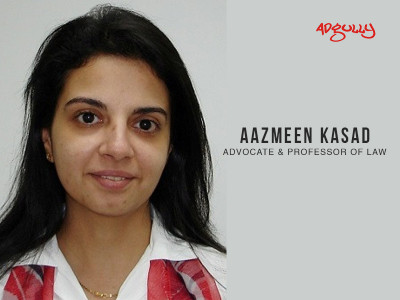
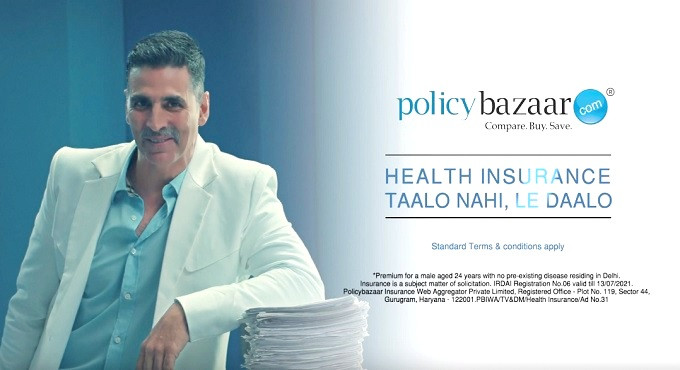

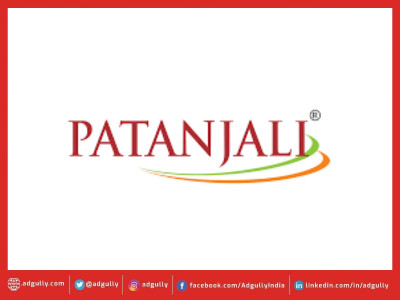
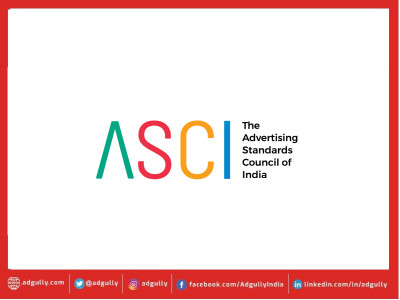
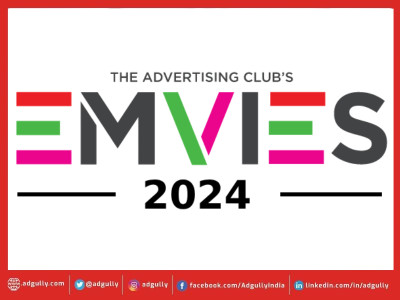






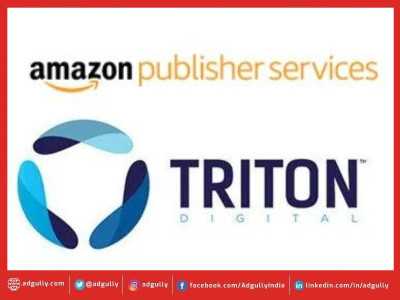

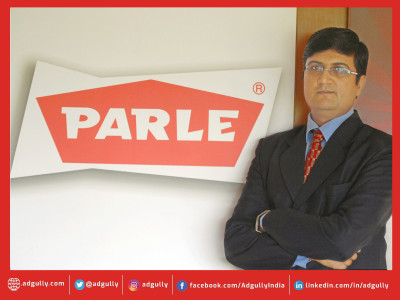

Share
Facebook
YouTube
Tweet
Twitter
LinkedIn